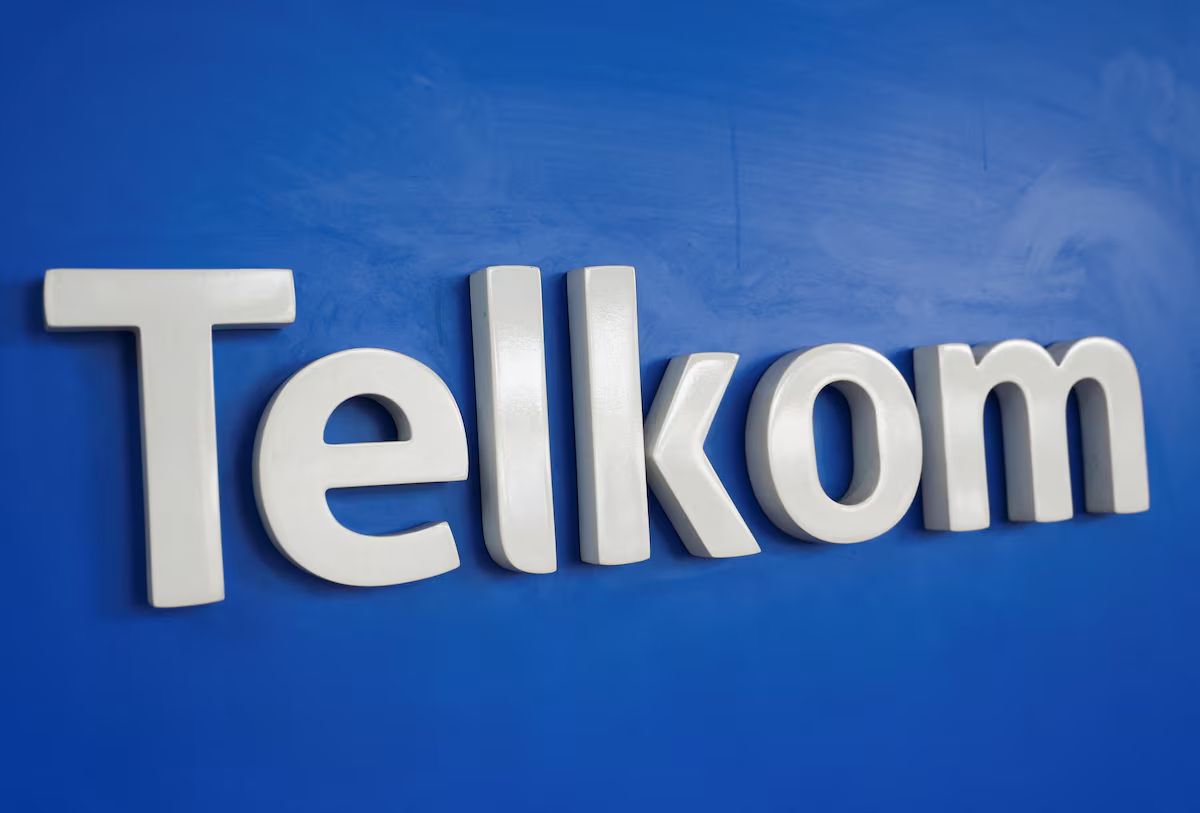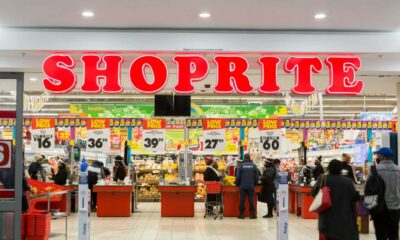News
The Underdog’s Ascent: How Telkom Left Cell C in the Dust

In the high-stakes race for South Africa’s mobile users, a dramatic shift in the pack is unfolding. For years, the narrative was dominated by the big two, with a struggling third and a distant fourth. That story is being rewritten. The latest financial results from Telkom don’t just show a company improving. They paint a picture of a resurgent operator decisively pulling away from its closest rival, Cell C, in a reversal of fortunes that few would have predicted a decade ago.
The numbers tell a stark tale of two diverging paths. Telkom, once the plucky underdog, is now a formidable force, while Cell C is fighting to stop the bleeding.
From 4 Million to a Mobile Powerhouse
Telkom’s journey in the mobile space is a case study in strategic grit. Back in 2017, its mobile division was a mere speck on the radar with just 4 million subscribers. Today, that number has exploded to 24.5 million. To put that growth into perspective, they have added the entire population of Gauteng to their network in just eight years.
This isn’t just about adding low-value customers. Their mobile service revenue grew by a market-leading 7.9%, hitting R25.4 billion. The engine of this growth is data. With 18.5 million data subscribers, a 26.7% increase, it’s clear that South Africans are voting with their wallets for Telkom’s data-led strategy. Crucially, their prepaid segment, which makes up the bulk of their base, is growing while maintaining stable revenue per user, proving that volume and value can go hand-in-hand.
The Cell C Contraction
While Telkom was climbing, Cell C was in a precipitous decline. In 2017, Cell C was the undisputed third player with 16.3 million subscribers, a figure that dwarfed Telkom’s base at the time. But the years have not been kind. A steady exodus of users has seen its subscriber base collapse to just 7.6 million.
The financial impact has been catastrophic. Cell C’s revenue has fallen from R15.7 billion in 2017 to R11.1 billion today. This means that Cell C’s revenue has gone from being nearly triple that of Telkom Mobile to less than half in the space of eight years. Where Telkom built momentum, Cell C lost it, creating a vacuum that its rival was all too happy to fill.
The Secret Sauce: Fibre and Focus
So, how did Telkom manage this stunning overtake? The answer lies in its unique integrated strategy. CEO Serame Taukobong pointed to the company’s “extensive fibre footprint” as the foundation for its strong mobile offerings. Unlike a pure mobile player, Telkom has been able to leverage its fixed-line infrastructure to create compelling, converged packages that offer both reliable home fibre and affordable mobile data.
This has allowed them to compete aggressively on price and value, a strategy that has resonated powerfully with cost-conscious South Africans. Their consistent, eleventh consecutive quarter of market-leading service revenue growth is not a fluke. It is the result of a clear plan, diligently executed.
As Cell C prepares for its JSE listing, promising a brighter future, it faces a daunting new reality. It is no longer competing with the Telkom of 2017. It is up against a confident, financially healthy competitor that has already won the race for third place and is now firmly focused on the horizons ahead. The dust has settled, and the landscape of the South African mobile market has been permanently altered.
{Source: MyBroadband}
Follow Joburg ETC on Facebook, Twitter , TikTok and Instagram
For more News in Johannesburg, visit joburgetc.com



























